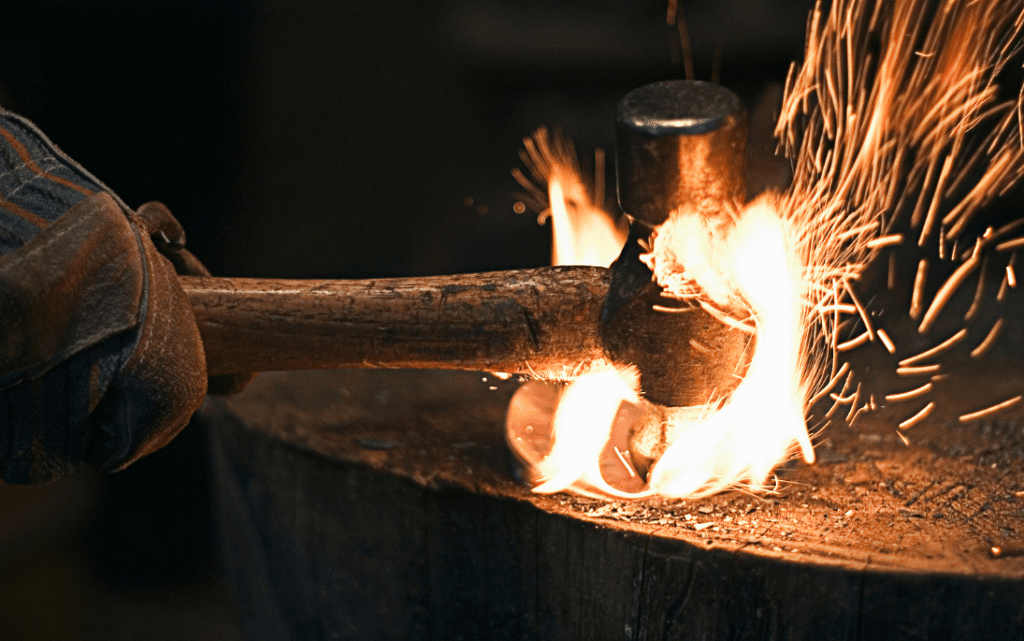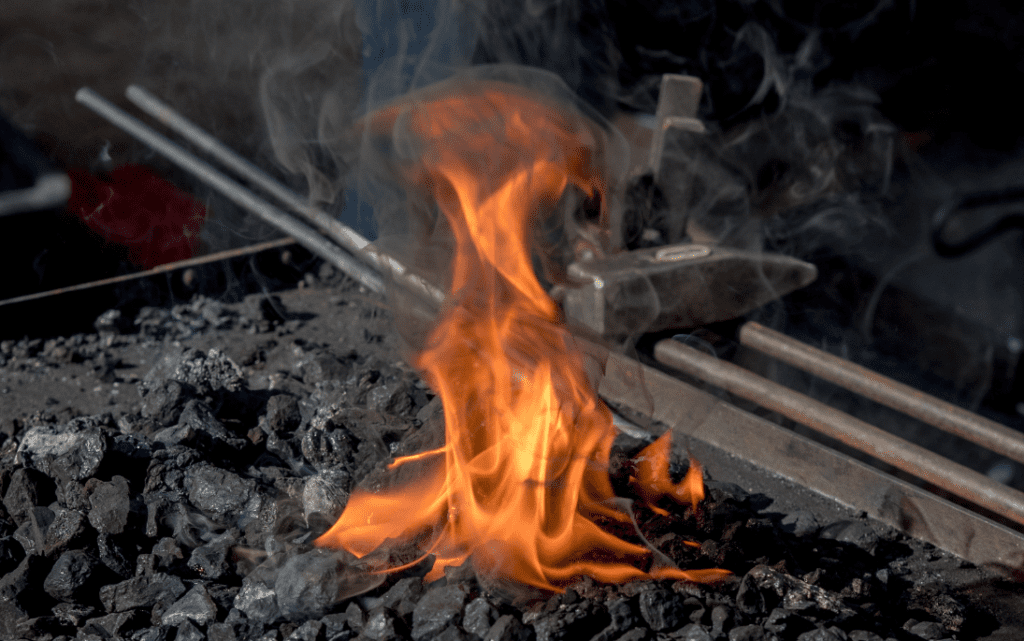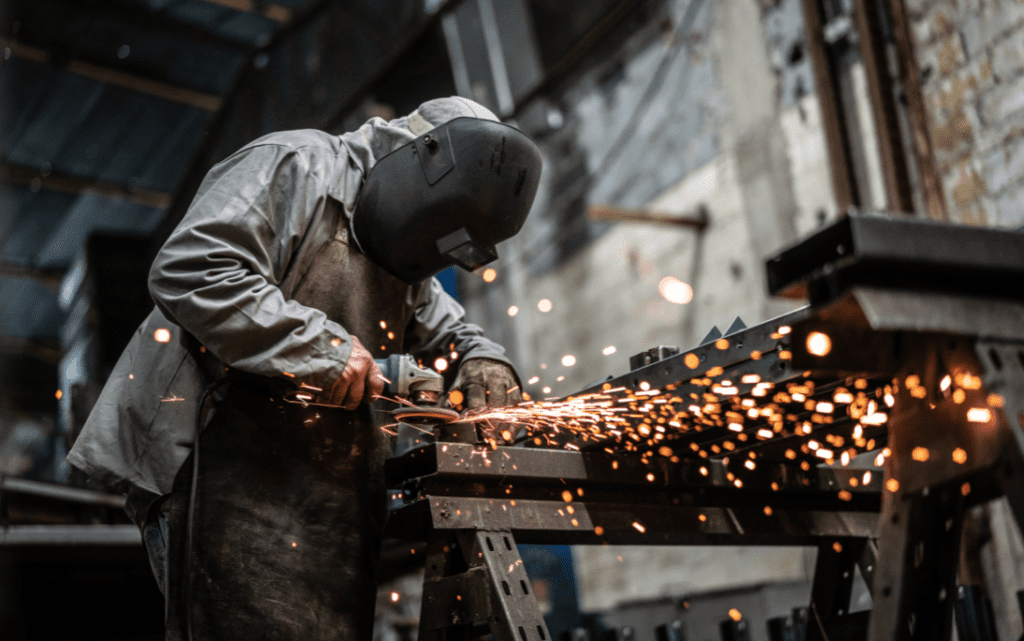Introduction
Welcome to Qualimet, your trusted partner in materials engineering and welding consulting. Since 1973, we have been at the forefront of welding engineering, materials testing, and inspection services. Join us as we explore the fascinating history of metal joining, a journey that spans thousands of years and has shaped the world as we know it today.
Early Beginnings: The Dawn of Metallurgy
The history of metal joining dates back to ancient civilizations. The earliest forms of metalworking involved hammering metals like gold, silver, and copper, which were found in their natural metallic state[1]. These metals could be cold-hammered to create tools and ornaments, marking the first steps in the art of metal joining.

The Bronze Age: Advancements in Metal Casting
Around 3000 to 2500 B.C., the discovery of bronze, an alloy of copper and tin, revolutionized metalworking[1]. This period saw the development of casting techniques, where metals were melted and poured into molds to create various shapes. This advancement allowed for more complex and durable tools and weapons.
The Iron Age: The Rise of Forge Welding
The Iron Age brought significant advancements in metal joining techniques. Forge welding, a process where iron and steel were heated and hammered together, became widespread[2]. This method was used by blacksmiths for millennia and laid the foundation for modern welding practices.

The Industrial Revolution: Birth of Modern Welding
The late 19th and early 20th centuries saw the birth of modern welding techniques. Arc welding and oxy-fuel welding were among the first processes to be developed, followed by electric resistance welding[2]. These methods provided more reliable and efficient ways to join metals, meeting the demands of the rapidly industrializing world.
The 20th Century: Technological Advancements
The two World Wars accelerated the development of welding technology. Techniques such as shielded metal arc welding, gas metal arc welding, and submerged arc welding emerged, offering greater precision and strength[2]. The latter half of the century introduced innovations like laser beam welding and friction stir welding, pushing the boundaries of what was possible in metal joining.

Qualimet: Leading the Way in Welding and Materials Engineering
Since 1973, Qualimet has been joining your success, building on a rich history of innovation and welding and materials engineering expertise. Our commitment to excellence has made us a trusted partner in the industry, providing tailored solutions that address the evolving needs of our clients.
We focus on ensuring the highest standards are met in every project we undertake. Our team of professionals excels in a wide range of services, including quality control, structural steel testing, non-destructive examinations, and more.
What sets Qualimet apart is our ability to integrate modern welding technologies with a deep understanding of materials science. We stay at the cutting edge of welding advancements, employing different techniques to deliver precise and efficient results.
Our expertise is recognized by both provincial and international regulatory bodies. Whether you’re involved in the oil and gas, mining, construction, or energy sectors, Qualimet’s proven track record assures you that we are always at the forefront of innovation, delivering results you can trust.
As a proud leader in welding and materials engineering, Qualimet continues to push the boundaries of what’s possible, helping to shape the future of metal joining while ensuring your success, project after project.
Conclusion
From ancient hammering techniques to cutting-edge welding technologies, the history of metal joining is a testament to human ingenuity and progress. At Qualimet, we are proud to be part of this legacy, providing industry-leading solutions that support your success.
References
